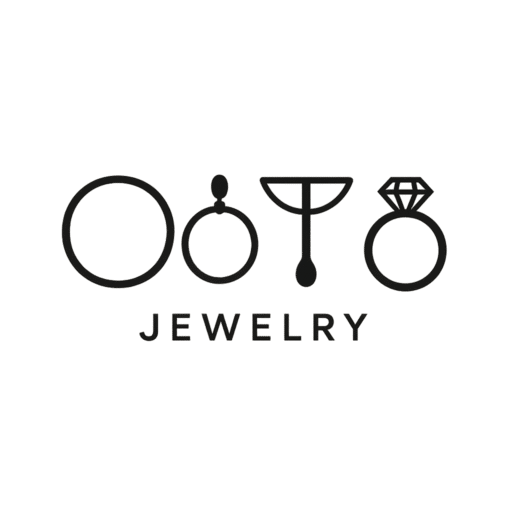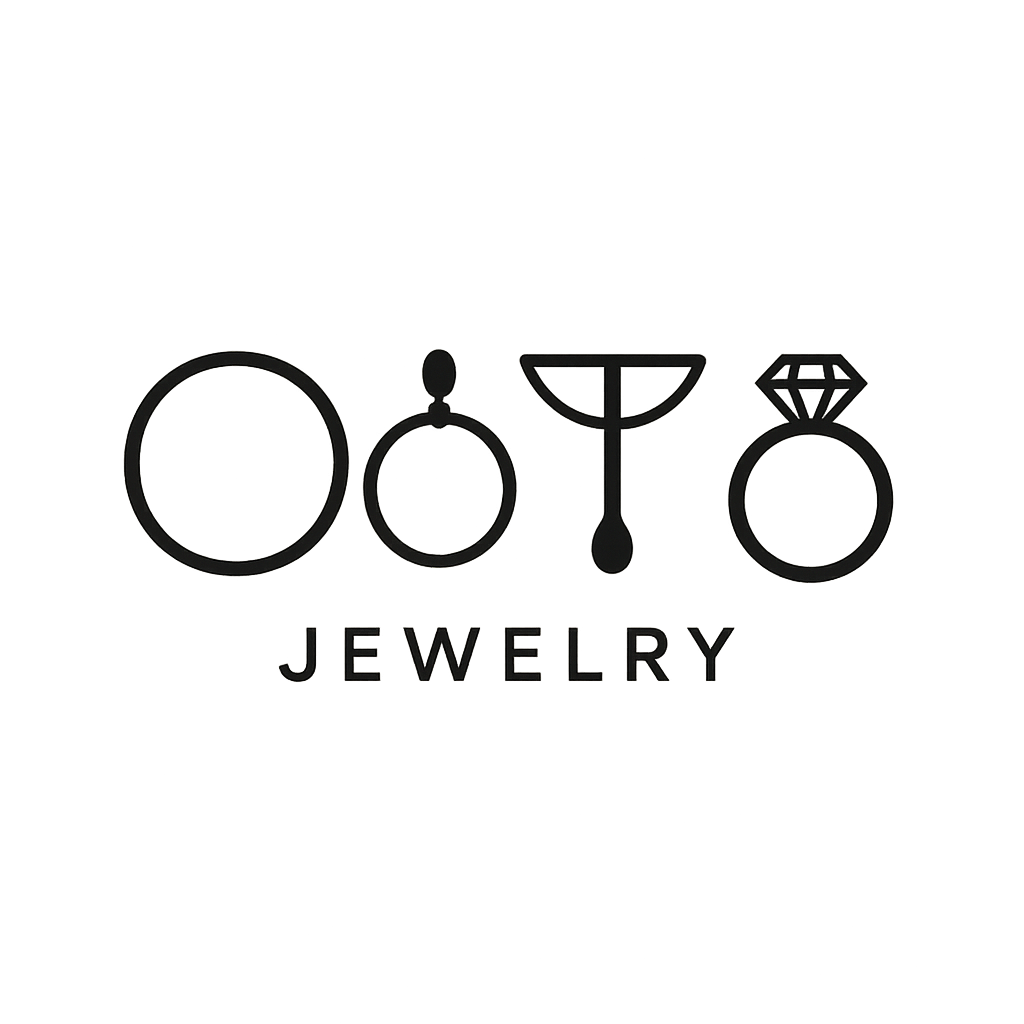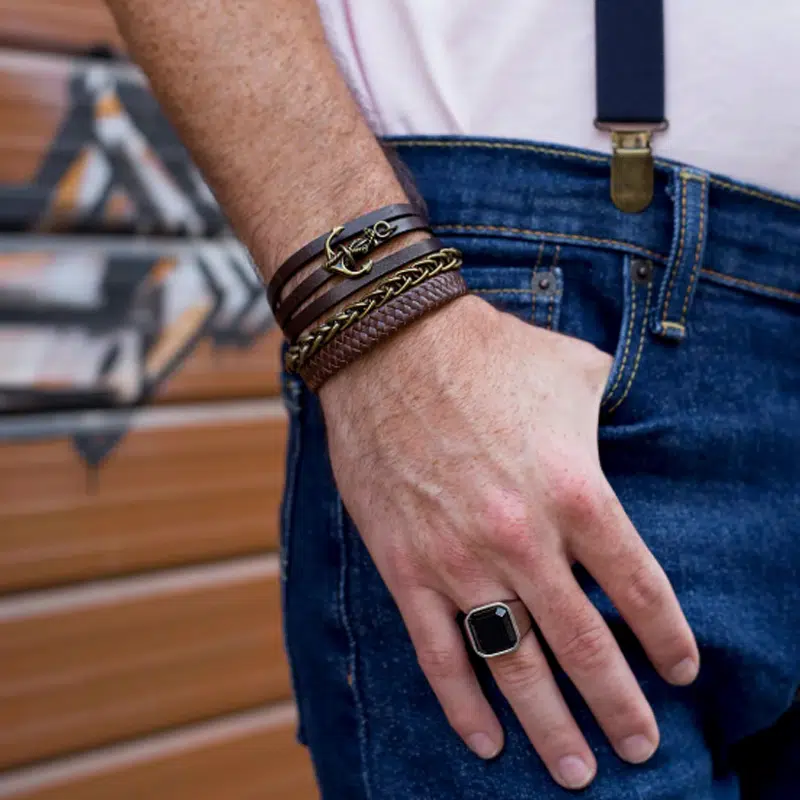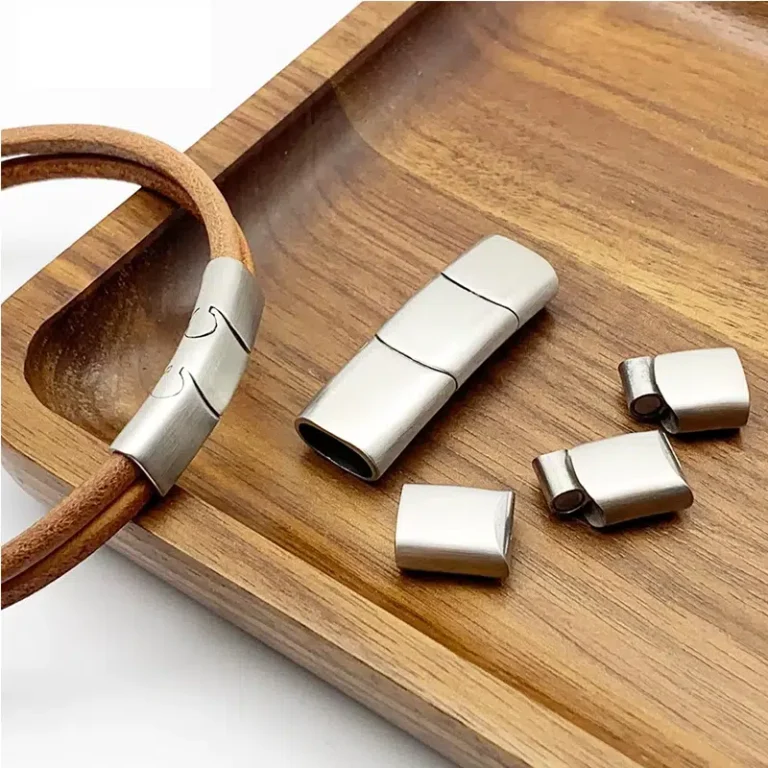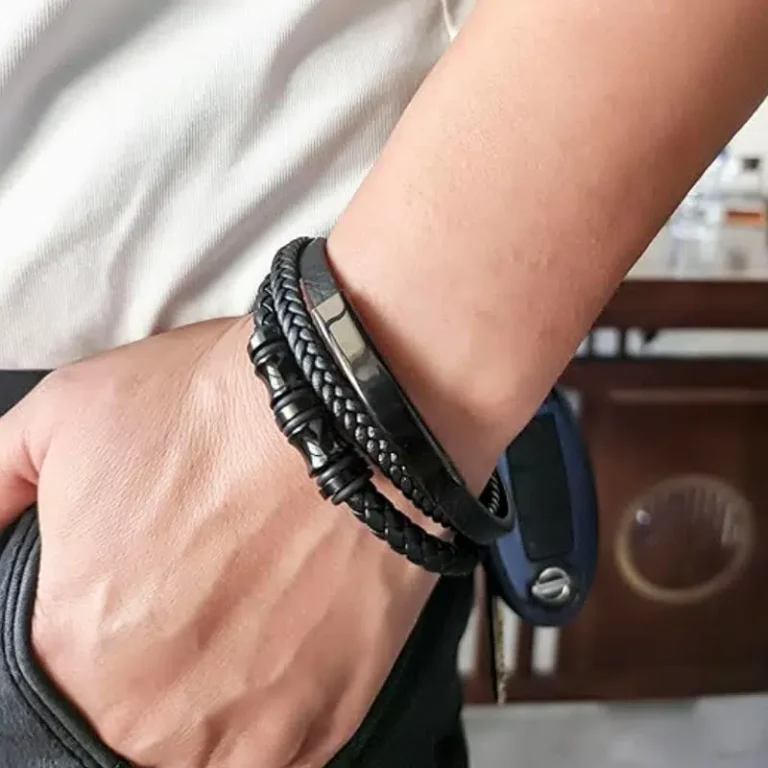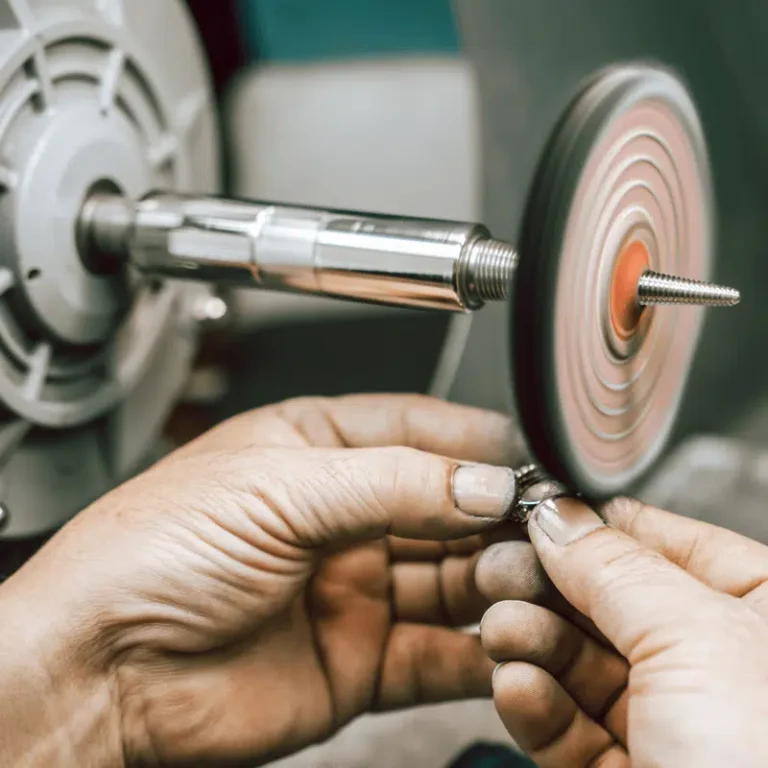Introduction
Not all of your stock leather bracelet sizes are ideal for each customer’s wrist. If you know how to shorten a leather bracelet and offer personalized service, you will win more orders.
This guide will tell you about how to shorten a leather bracelet and some handy tips to stop this problem before going to order from a jewelry manufacturer in China, such as asking for pre-cut stock with adjustable ends, which saves time and cuts out mistakes.
Essential Tools and Materials
A. The Right Cutting Tools
- Sharp utility knife or rotary cutter (produces clean, straight edges)
- Heavy-duty scissors (only works for thin, soft leather)
A dull blade crushes leather fibers instead of slicing them. This creates frayed ends that will not fit back into the clasp properly.
B. Measuring and Marking
- Measuring tape or ruler (metric measurements are recommended)
- Fine point pen, silver pencil, or tailor’s chalk for marking (use whatever is best for the leather) Dark leather will show the marks made by the silver pencil very well. Light leather requires either a fine point pen or chalk.
C. Securing and Finishing
- Leather adhesive (contact cement or super glue in small quantities)
- Pliers (flat-nose pliers or the rubber-tipped, preserve metal quickly)
Good grade glue makes the repair last. Cheap glue fails in a few weeks of wear.
D. Heating Tools
- Lighter (loosens glue bonding leather into clasp)
Please never heat leather directly.
Determine the Target Length
Correct measurement avoids cutting leather too much or too little. Perform the following:
- Measure the customer’s wrist with a measuring tape where it will contact.
- Note and record the circumference in centimeters.
- Add 1/2 to 1 inch (1.5 to 2.5 cm) for comfort slack.
A bracelet worn tightly becomes uncomfortable in a few hours. That little gap allows the wrist to breathe and move naturally.
Calculate the cut by subtracting the target length from the current length of the bracelet. For instance, if a braided leather bracelet measures 20 cm and the customer wants 18 cm. The cut will be 2 cm.
Removing the Leather End
Most leather bracelets have cords fitted into metal clasps with glue. This glue forms a secure bond that requires heat to loosen.
How to remove them:
- Clamp the stainless steel clasp lightly in pliers or a clamp.
- Light metal clasp with flame for 5-10 seconds.
- Gently withdraw the leather cord while the glue is soft.
- Work on the plain end without decorative elements when possible
Important safety point:
- Heat the metal clasp only, which will transfer heat to the glue and not adversely affect the leather. The direct flame on the cord burns and disfigures it
- Hold the clasp with a tool, not the fingers. Hot metal will create instant burns.
- Some magnetic clasp leather bracelets have other binders and if the clasp goes apart by unscrewing or sliding apart, do not apply heat.
Marking the Cut Line
Using a firm ruler, mark the cutting line along the leather cord from the far side of the leather cord.
The Clean Cut
Make sure the utility knife is held firmly against the edge of the ruler and slice through the leather in one motion. Multiple slices will create a ragged edge.
Reattaching the Clasp
Now you’ll make the shortened leather strap secure in the clasp:
- Apply a thin line of leather glue on the cut end.
- Put a small drop of glue in the clasp channel.
- Push the leather end into the clasp and press until seated.
- Press the clasp shut and hold tightly for 2 minutes.
- Put aside for 30 minutes at least before handling.
If too much glue comes out, it will look messy. If too little glue is used, the bond will be weak and will soon fail. Experiment first on pieces of scrap to get eaxct glue amounts.
Quality Check and Refinement
Post-Assembly Inspection
Please check your work before turning it back to the customer:
- The burr end should be completely concealed within the clasp, there should be no edge showing
- Pull on the leather fairly hard to check the attachment of the glue
- Look for glue surplus on the visible parts and clean if necessary A perfect repair will look just like the original factory assembly.
Edge Refinement (Optional but Recommended)
Sometimes, after trimming the leather, there will be little furry fibrous ended bits. These are easily sanded lightly with 220 sandpaper before inserting the leather into the clasps.
Sand in one direction only, not back and forth. This polishes the end and easier to insert.
Tips to Avoid Mistakes
Smart retailers reduce adjustment work before it starts:
1. Order sizes based on sales data
See what sizes sell well in your area. If 70% of customers want 18-19 cm bracelets, carry more of that size. This gives a better relationship of your stocks to the actual demand patterns.
2. Request semi-finished stock from suppliers
Make contact with manufacturers before you order quantities. Ask them not to glue one end of their leather bracelets. When the customer buys, you can cut the free end and fix it to their size. This gives a major flexibility of stocks in relation to sizes, and you can serve many more customers.
3. Practice on damaged pieces first
Before adjusting a customer’s bracelet, practice the technique on broken or returned pieces. This will help you learn the amount of heat required by the different styles of clasps and how your particular glue will behave.
4. Keep spare parts on hand
Stock extra clasps, leather cord, and findings. If a clasp is ruined during your adjustment work, you may replace it at once instead of losing the sale.
Conclusion: Elevate Your Service
Once you know how to shorten a leather bracelet, it takes only a few minutes. Carefully heat the clasp, cut cleanly, and glue securely. Customers remember the personal attention more than the bracelet itself. This simple service will distinguish your store from other retailers that can’t offer custom fitting. Improving these skills will increase customer loyalty and decrease returns.
For the company ready to offer this service, OOTB Jewelry provides high-quality leather bracelets and can customize production to make your sizing work easier. Contact them about bulk orders with adjustable ends that save you time while giving customers perfect fits.
